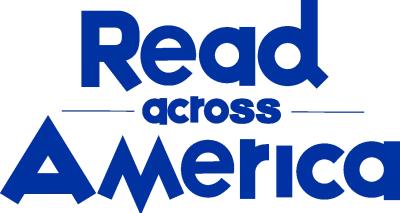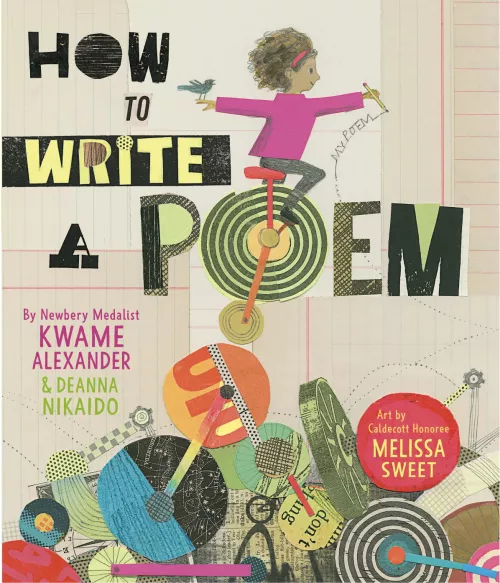Share this book
In How to Write a Poem, readers are prompted to first ask a question, and then to “listen to the grass, the flowers, the trees — anything that’s friends with the sun.”
Take students on a poetry walk. Walk around outside your school or venture out into the community. Encourage students to use all of their senses to take note of the world around them. Stop every so often to let them discover details and absorb and write down what they observe.
When you return to the classroom, give students the opportunity to develop their observations and notes into a poem. Students can illustrate their poems following the collage-style illustrations of How to Write a Poem, focusing on combining both words and images using magazines, newspapers, and drawings of their own.
Questions for Discussion or Reflective Writing
- What does the introductory quote from poet Nikki Giovanni (“We are all either wheels or connectors. Whichever we are, we must find truth and balance, which is a bicycle”) mean to you?
- Have you ever written a poem? Do you think you could write one based on what you learned from How to Write a Poem? Do the steps shared in the book make sense to you?
- How much attention do you pay to everyday moments or what’s happening around you? What do you notice about nature? What excites or inspires you?
- Do the illustrations in the book give you ideas about how to write a poem? How do the pictures support the words?
Related Resources
Kids Learn Ingredients of a Poem with Kwame Alexander and TCM
Literature-Based Teaching in Science: Poetry Walks from Reading Rockets
Poetry resources from ReadWriteThink
More Titles to Try
Stay on top of current education news



